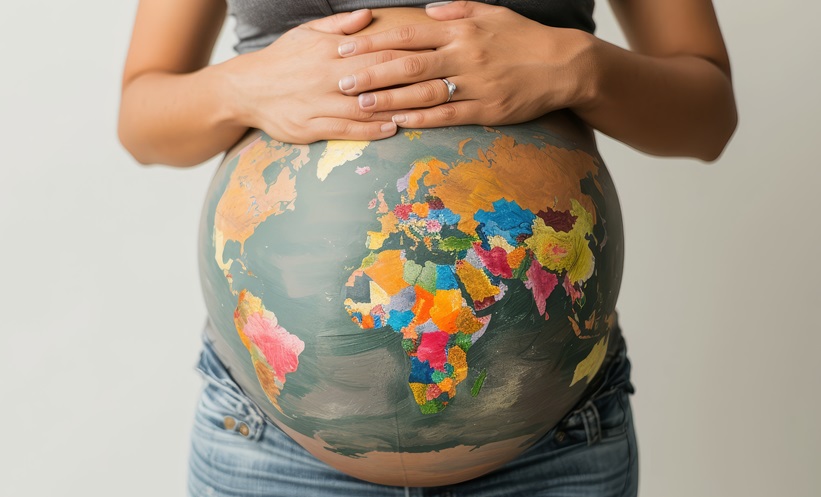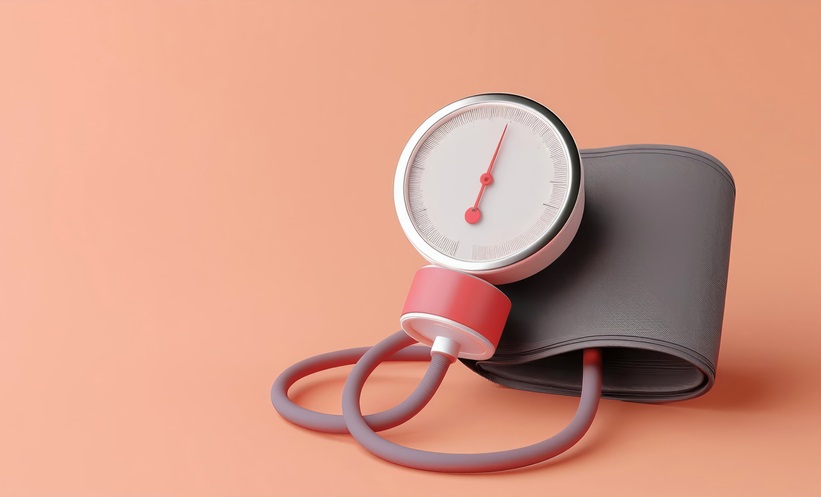PREGNANCY in women with prosthetic heart valves carries significant risks, with mechanical valves linked to higher complications and lower live birth rates compared to biological valves, according to global registry data.
Prosthetic heart valves in pregnancy present unique challenges due to anticoagulation requirements, with mechanical valves posing greater thromboembolic risks and biological valves offering comparatively safer outcomes. This analysis evaluates maternal and fetal outcomes across valve types and anticoagulation regimens, providing critical insights for clinical practice.
The study analysed 613 pregnancies (411 mechanical, 202 biological valves) from the ESC EORP Registry (2018–2023). Only 54% of mechanical valve pregnancies resulted in uncomplicated live births, compared to 79% for biological valves (P<.001). Thromboembolic events, including valve thrombosis, occurred in 6% of mechanical valve cases, with mitral valve position increasing thrombosis risk (OR 3.3; 95% CI 1.9–8.0). Low-molecular-weight heparin (LMWH) regimens correlated with higher thromboembolic and haemorrhagic complications, while anti-Xa monitoring showed a non-significant trend towards reduced events (10% vs 21% without monitoring; P=.060). Foetal death affected 20% of all pregnancies, underscoring the heightened perinatal risks.
These findings emphasise the need for tailored preconception counselling, favouring biological valves where feasible to improve pregnancy outcomes. For mechanical valves, LMWH requires rigorous anti-Xa monitoring, though its efficacy remains uncertain. Mitral valve recipients warrant intensified thromboembolic prophylaxis, while multidisciplinary care pathways should optimise delivery planning and anticoagulation management. Future research must clarify optimal monitoring protocols and explore safer anticoagulants to reduce maternal and foetal morbidity.
Reference
van der Zande JA et al. Pregnancy with a prosthetic heart valve, thrombosis, and bleeding: the ESC EORP Registry of Pregnancy and Cardiac disease III. European Heart Journal. 2025:ehaf265.







